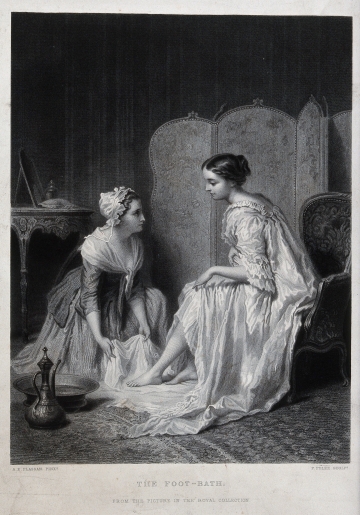To what extent did women have different views, aims and aspirations throughout the nineteenth century?
The full resource is FREE to all registered users of the website
If you are not already registered you can sign up for FREE website access to download the full resource.

When we study the fight for female suffrage, we often focus on the ideas and actions of the suffragettes and the WSPU, sometimes forgetting the half-century before of suffragist activity. We also tend to think of the population at the time being split in two – male and female. Of course, there were males who were pro-suffrage, just like there were female anti-suffragists. But, as everyone knows, history is much more complicated than that – things are never black and white; there are usually an infinite number of shades of grey. This enquiry focuses on the female population – a majority, not a minority – and their attitudes and actions over the battle for women and the vote.
Key learning points
- Differences between Victorian women
- The idea of ‘separate spheres’ and what Victorian women could and couldn’t do
- Interrogating the 1851 census
- The kinds of jobs that different women did
- Changes in the status of women in the period
- Women who fought against female suffrage
- Lily Maxwell and the vote, 1867
- The tactics of women’s suffrage and the move to more desperate, militant actions
Scholarly rationale
Much recent research has focused on the suffragists, rather than the suffragettes, and the continuities of their tactics with other, earlier, more successful Victorian pressure groups, like the Anti-Corn Law League. This enquiry tries to explore the variety of wishes, aims and ideas behind the changing status of women throughout the nineteenth century.
Curricular rationale
History is complicated. There is a tendency to simplify things for our students. This enquiry deliberately seeks to engage students with the differing aims, ideas and aspirations of women throughout the nineteenth century. Women were not one voice, but many. Using the database and sources, the enquiry explores the utility of primary evidence and asks students to reach their own conclusions – then the final activity asks them to rethink their initial conclusions in the light of their continuing work.
